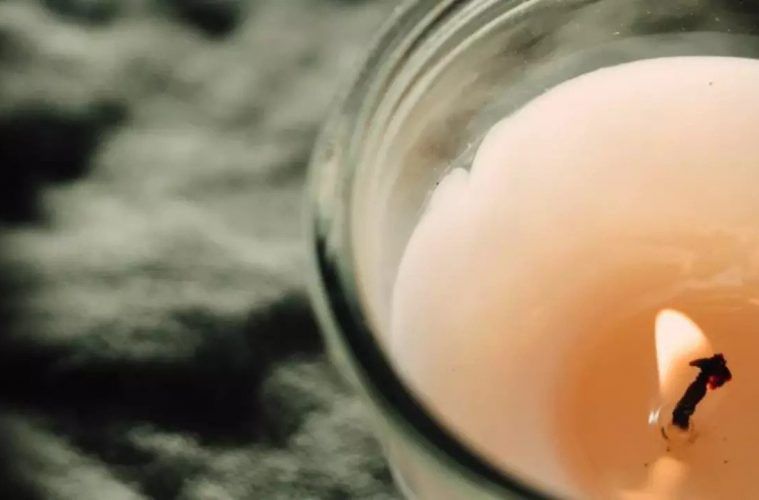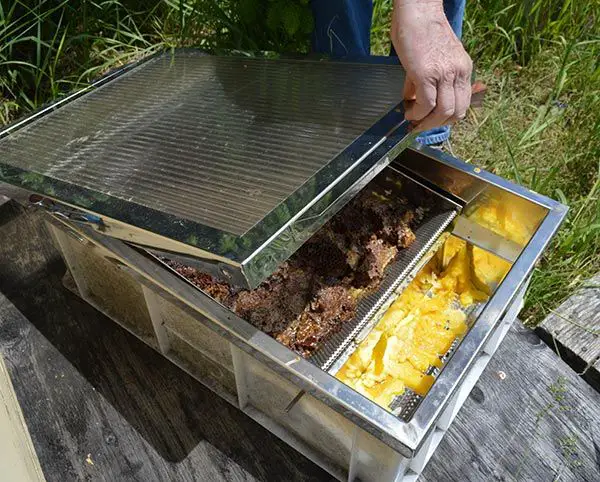What Temperature Does Wax Ignite?
Paraffin wax is a white or colorless soft solid commonly derived from petroleum, coal or oil shale that consists of a mixture of hydrocarbon molecules containing between 20 and 40 carbon atoms. The ignition temperature, also called the autoignition temperature, is the lowest temperature at which a combustible material will spontaneously ignite in a normal atmosphere without an external source of ignition like a flame or spark. Knowing the ignition temperature of waxes like paraffin is useful information for both safety and practical applications. If wax or wax-containing objects are exposed to temperatures at or above the ignition point, a fire can occur. Understanding autoignition thresholds helps prevent accidental fires during production, storage and everyday use.
Wax Composition
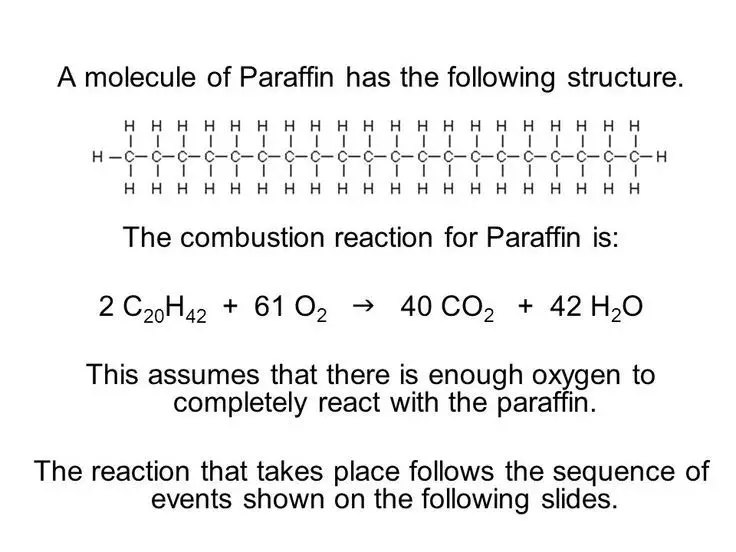
Wax is primarily composed of hydrocarbons, which are organic compounds made up of hydrogen and carbon atoms. The basic molecular structure of wax is an alkane hydrocarbon with a long carbon chain length, generally 20 carbons or higher. The most common wax component is n-alkanes in the C20 to C40 range. The term paraffin comes from the Latin “parum affinis” meaning lacking in affinity, due to paraffins’ unreactive nature. Paraffin waxes contain mostly straight chain n-alkanes. Other types of waxes contain branched hydrocarbons, cyclic hydrocarbons, and unsaturated components like alkenes.
Some of the major types of natural waxes include beeswax secreted by bees, carnauba wax from the leaves of the carnauba palm tree, lanolin from wool, and candelilla wax from shrubs. Synthetic waxes are also made from petroleum, coal, or natural gas sources. Examples include paraffin wax, microcrystalline wax, polyethylene waxes, and Fischer-Tropsch waxes. The exact chemical composition depends on the specific wax source.
Overall, waxes are defined by their properties of being water-resistant, smooth and lubricating solids at room temperature. This is imparted by their non-polar hydrocarbon composition which makes them hydrophobic and lipophilic. The longer hydrocarbon chains also allow wax molecules to pack closely together in crystalline or semi-crystalline solid forms.
References:
https://en.wikipedia.org/wiki/Wax
https://www.sciencedirect.com/topics/agricultural-and-biological-sciences/waxes
Autoignition Temperature
The autoignition temperature is the lowest temperature at which a combustible substance will spontaneously ignite in a normal atmosphere without an external source of ignition like a flame or spark. It is an important property to understand for safety reasons. The autoignition temperature depends on the specific composition and properties of the substance.
According to the Skybrary aviation safety site, autoignition temperature is defined as “the lowest temperature at which the fuel will spontaneously ignite without an external source of ignition.” Understanding the autoignition temperature helps identify the conditions that could lead to accidental ignition and fire. For example, keeping fuel-air mixtures below this critical temperature reduces the risk of engine fires in aviation.
The autoignition temperature varies widely depending on the chemical composition. For instance, paper and wood products ignite around 250–300°C, while natural gas autoignites around 540°C. Materials with lower autoignition temperatures require more precautions to prevent reaching conditions that could spark a fire.
Wax Flash Point
The flash point of a wax refers to the lowest temperature at which the wax can ignite when exposed to a flame. It is an important safety consideration when working with wax, especially for candle making. The flash point is always lower than the autoignition temperature, which is the temperature at which the wax will spontaneously combust without a flame source present.

The autoignition temperature for wax is typically over 400°F, but the flash point can vary based on the type of wax. Beeswax has a relatively high flash point of 400-480°F, while paraffin wax is around 300-450°F. Soy wax tends to have a lower flash point in the 160-200°F range. Gel wax designed for containers has an even lower flash point around 140-170°F since it has a lower melting point.
The flash point needs to be significantly higher than a candle’s burning temperature, which is generally 120-170°F, to avoid ignition. This is why fragrance oils used in candles require a high flash point over 170°F. As the flash point is lowered, the wax becomes easier to ignite with an open flame source. The autoignition temperature determines if the wax can ignite spontaneously, so wax can be flammable below that point in the right conditions.
Understanding how the flash point and autoignition temperature relate allows candle makers to safely work with hot wax. Proper precautions need to be taken if heating wax close to or above its flash point.
Factors Affecting Ignition
The ignition temperature of wax depends on several factors, including the wax type and composition, ambient temperature, oxygen levels, impurities, and more. The chemical makeup of the wax, including the types of hydrocarbons it contains, significantly impacts the temperature at which it will ignite. For example, paraffin wax made up of lighter hydrocarbon chains will ignite at lower temperatures than paraffin with heavier hydrocarbons. Beeswax containing some polar components ignites at higher temperatures than most paraffin waxes. The purity of the wax also matters, with impurities typically lowering the ignition temperature.
Higher ambient temperatures make ignition easier as there is less heat required to raise the wax to its autoignition point. At the same time, oxygen levels must be sufficiently high for ignition to occur. In an oxygen-depleted environment, the ignition temperature increases substantially. Wax ignition also depends on the rate of heating. Rapid heating to the ignition point makes ignition more likely than slow heating. Additionally, the physical form of the wax (solid, liquid, powder, etc.) impacts how quickly ignition occurs by affecting surface area and exposure to oxygen.
Typical ignition temperatures for common waxes range from 343-487°C (650-909°F) in atmospheric conditions. However, the factors above can potentially alter the ignition temperature by over 100°C in some cases. Understanding what affects wax ignition is important for safely handling and storing wax materials.
Sources:
https://blendedwaxes.com/blog/wax-melting-point-factors/
https://www.sciencedirect.com/topics/engineering/ignition-temperature
Typical Ignition Temperatures
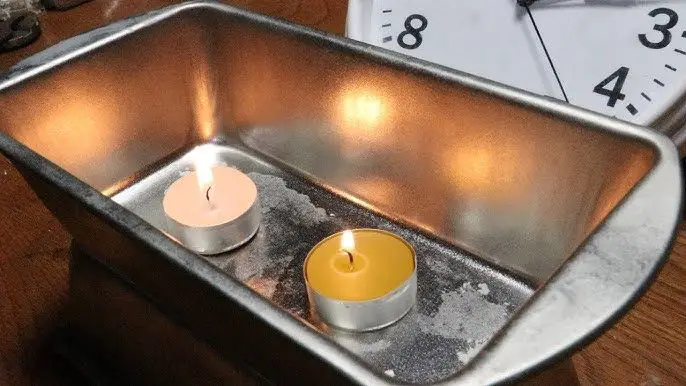
The ignition temperature can vary substantially depending on the specific type of wax. Here are typical autoignition temperatures for some common waxes:
Paraffin Wax: Paraffin wax, made from petroleum, has an autoignition temperature between 204–260°C (399–500°F) according to the Encyclopedia of Chemical Technology.[1]
Beeswax: Beeswax, a natural wax produced by honey bees, has an autoignition temperature around 400°C (752°F) as cited in a beekeeping study.[2]
Soy Wax: Soy wax, made from hydrogenated soybean oil, has an ignition point ranging from 160–220°C (320–428°F).[3]
Other waxes like microcrystalline wax, carnauba wax, and candle wax blends fall within similar temperature ranges for ignition.
In general, most waxes will ignite between 200-400°C (392-752°F), with variation depending on exact composition and other factors.
[1] Kroschwitz, J.I., et al., Encyclopedia of Chemical Technology, John Wiley & Sons, 2006.
[2] Sanford, M.T., Bee Equipment Essentials, Wicwas Press, 2016.
[3] Kadam, K.L., et al., Soybean: Cultivation, Uses and Nutrition, CABI, 2019.
Wax Fire Safety
Proper handling and storage of wax is important to prevent accidental ignition and fire. According to the National Candle Association, you should keep burning candles away from drafts, vents, and air currents to prevent uneven burning and dripping (1). Always keep burning candles on a stable, heat-resistant surface. Extinguish candles before going to bed or leaving the room, and keep them at least 12 inches away from combustible materials like curtains, furniture, bedding, etc (2). Store unused candles in a cool, dry place out of direct sunlight (1).
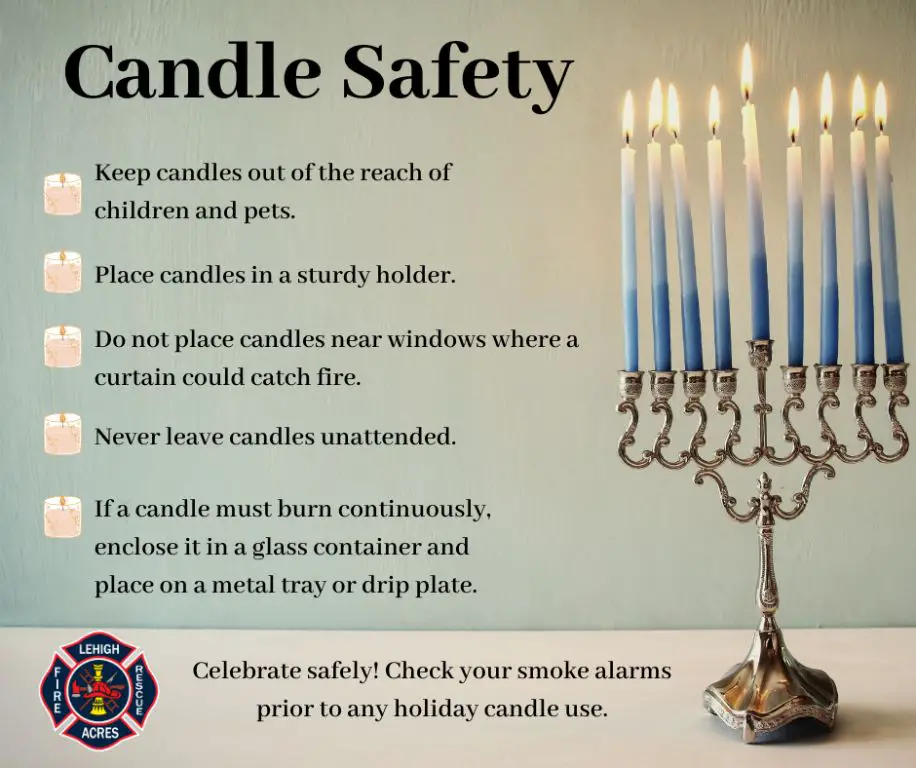
If a wax fire occurs, follow these tips to extinguish it safely (2)(3):
- Do not try to move a burning candle. This can spread the fire.
- For a small wax fire, carefully slide a lid over the flame to smother it. Do not use water.
- For a larger fire, evacuate the area immediately and call emergency services.
- Never try to blow out a wax fire, as this can make it worse by spreading the flames.
- Have a fire extinguisher on hand specifically designed for grease and oil fires. Class B extinguishers are recommended for wax and candle fires.
Following proper fire safety practices when handling and storing wax can prevent dangerous ignition and fire hazards.
(1) https://candles.org/fire-safety-candles/
(2) https://jenkinsrestorations.com/candle-safety-tips/
(3) https://www.thehartford.com/about-us/junior-fire-marshal/candle-fire-safety
Ignition Temperature Testing
There are standard tests used to measure the temperature at which wax will ignite. The most common test is the Cleveland Open Cup test. The Cleveland Open Cup test involves heating a sample of wax in an open cup and applying an ignition source to test for the flash point – the lowest temperature at which ignition can occur. This helps determine the autoignition temperature of the wax.
The test is conducted using a specialized apparatus like the Cleveland Open Cup tester from Koehler Instrument Company (https://koehlerinstrument.com/products/automatic-cleveland-open-cup-flash-point-tester/). This automated instrument heats the wax sample and automatically tests for the flash point by applying an ignition source at intervals as the wax is heated. The temperature at which ignition occurs is displayed as the Cleveland Open Cup flash point.
The Cleveland Open Cup test produces reliable, standard ignition temperatures for waxes that can be used to evaluate fire hazards and safety precautions in applications using wax.
Applications
Knowing the ignition temperature of various waxes is important for several industrial and laboratory applications. In candle making, paraffin wax is commonly used due to its high melting point of around 130-140°F (54-60°C) (https://en.wikipedia.org/wiki/Paraffin_wax). This allows candles to maintain their shape and burn steadily. Manufacturers need to know the autoignition temperature to ensure safe production and prevent accidental fires. Beeswax has a higher melting point of around 145°F (63°C), making it preferable for certain candles (https://blendedwaxes.com/blog/wax-melting-point-factors/).
In industry, knowing wax ignition temperatures helps determine safe operating parameters for equipment involving hot surfaces or open flames. This is critical in wax refining, chemical processing, and other manufacturing using wax materials. Proper ignition temperature data allows engineers to design processes and safety systems to prevent fires and explosions.
In research labs, scientists studying combustion, fire dynamics, safety testing, and material properties rely on having accurate wax ignition data. This helps them properly design experiments and interpret results without risk of uncontrolled burning. The ignition point is a key parameter in modeling wax flammability.
Therefore, by understanding wax ignition temperatures, many industries can work safely with wax while maximizing its usefulness for diverse applications.
Conclusion
In summary, the autoignition temperature of wax depends on its exact chemical composition. Most common waxes like paraffin and beeswax ignite between 400-500°F. The flash point, which is lower than autoignition, is between 300-400°F for typical waxes. Factors like oxygen levels, vapor pressure, and density impact ignition. When working with wax, it’s crucial to take proper fire safety precautions. The autoignition point can be precisely tested in a laboratory setting. This temperature is important for applications involving industrial wax processing or candle making. In conclusion, understanding wax’s ignition properties allows its safe usage across many purposes.


